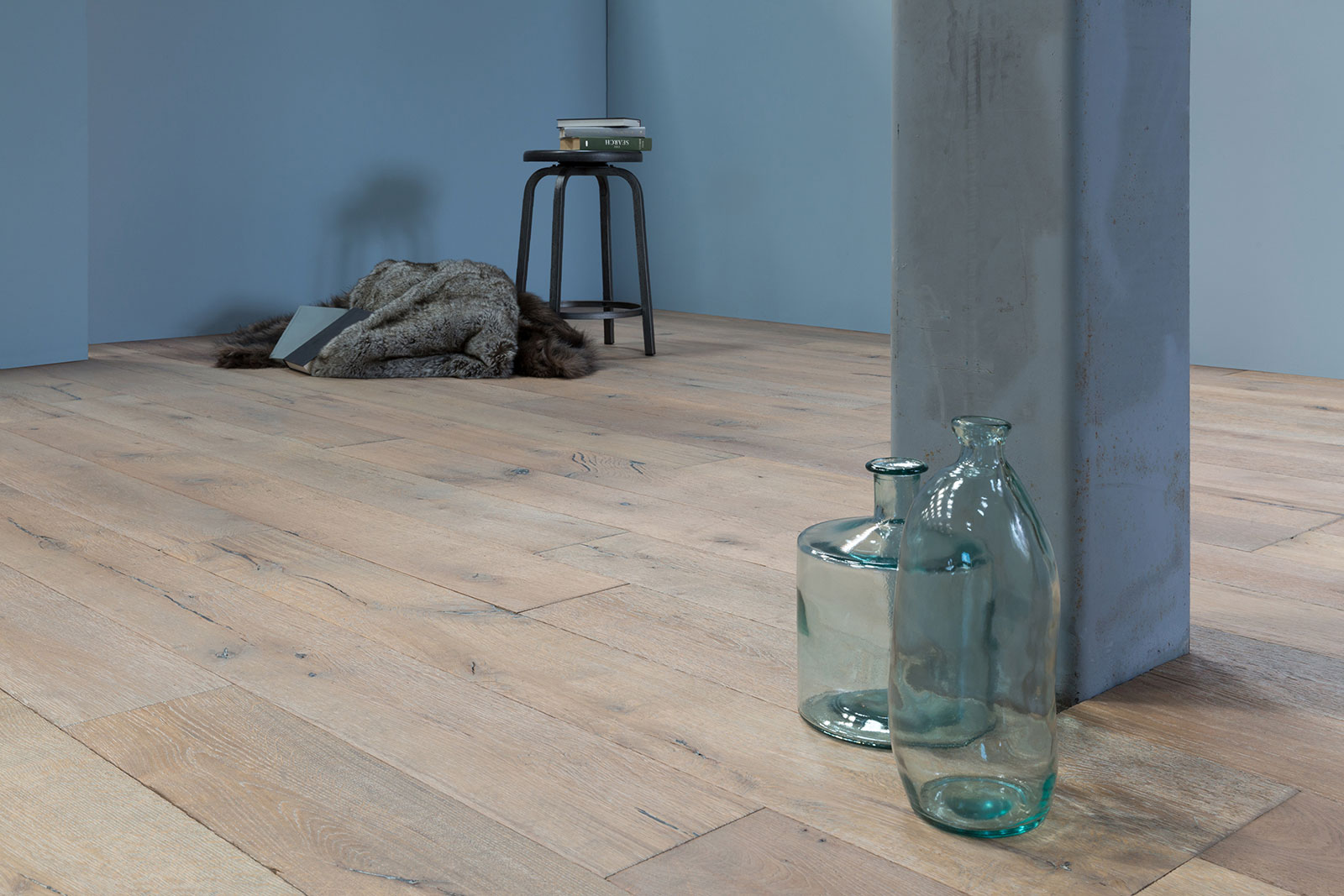Finishing the basement provides additional living space without the added cost of home additions. But choosing the proper flooring for your basement renovation is essential. Floating wood floors provide a durable, comfortable and attractive surface for any basement, and come in a wide range of colors, textures, and styles.
# 1 – Floating Wood Floors Provide Superior Comfort in Below Grade Applications
In the past carpet, tiling or vinyl floors were the only wise options for below grade living spaces. Floating wood floors can be installed over concrete subfloors with proper vapor barrier without worrying about moisture damage. Installed over a quality underlayment, engineered wood flooring creates an upscale look for your basement that’s warm, comfortable and easy to clean.
Install your floating wood flooring over a concrete subfloor, plywood subfloors or the existing ceramic tiling or vinyl. This flexibility makes floating flooring an attractive, budget-friendly alternative for basements, as well as other areas of your home.
A high-quality underlayment will create a softer feel on your basement floor. Underlayment also dampens sound and insulates the flooring against cold. Ask your flooring retailer about good quality underlayment brands for use in your basement remodel and pair that product with a durable, attractive floating wood floor line.
# 2 – Floating Floors Handle Humidity Changes With Ease
Whether you opt for traditional glued floating wood floors or modern click lock styles, the design of this flooring allows for changes in relative humidity. As the seasons change humidity in your home will rise and fall, creating expansion and contraction in porous building materials such as wood, paper, and other organics.
Traditional hardwood flooring can develop gaps or cupping when exposed to moisture. Floating styles are attached together (with click or glue for tongue and groove designs) to create a single unit that expands or contracts together, avoiding cracks, cupping, and gaps. Your flooring installer will leave an expansion gap around the edges of the room to allow for this movement, covering it with base trim for a seamless look.
# 3 – Floating Engineered Flooring is Easy to Install
DIY enthusiasts will find a vast selection of floating wood floors specially designed for quick installation. Be careful to read and follow all of the manufacturer’s instructions and have the proper tools on hand. Most engineered wood floors can be installed within one day, depending on the size of your room.
Floating wood floors are also a smart option when hiring a professional flooring installer. The ease of installation makes this a cheaper option than other flooring styles, although it’s important to hire an experienced installer.
Finish your basement remodeling project with a comfortable, attractive and affordable floor designed to last. Floating wood floors provide exceptional comfort, especially when a high-quality underlayment is used. This type flooring resists cupping and expands and contracts naturally, making it an excellent choice for any level of your home.
Floating floors are also great for DIY fans and tend to be a more affordable option when hiring professional installers. Capture these benefits and many more by installing quality engineered flooring in your finished basement.

